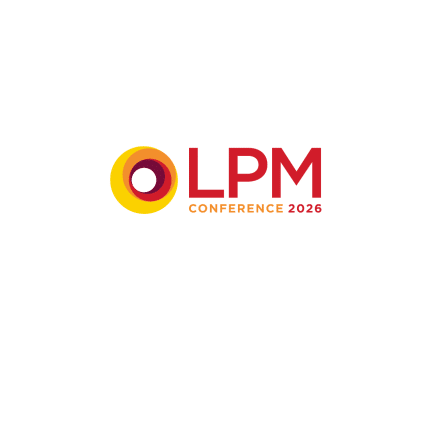
PMS tech decoded: 10 techie terms every managing partner of an SME law firm should know
Your new PMS has the potential to impact almost every aspect of your law firm’s operations, so it’s worth preparing yourself to choose a system and vendor that aligns well with the needs and goals of your SME law firm. Tessaract offers a quick guide to common terms you’re likely to encounter in your search
Like the world of law, the world of practice management system (PMS) solutions has a language of its own, making it tricky to follow along and comprehend the functionality and specifications of the systems you’re trying to appraise.
To help you get to grips with the options available to you on the market, we thought a quick run through of some common terms would be helpful.
And have no fear, we understand we aren’t doing justice to some of these important terms in this brief write-up, and so we plan to explore a few of them individually in more detail at a later stage as part of this series of articles and guides.
For now, though, here’s a taster in the form of a simple list of 10 common terms with accompanying explanations and examples.
1. Cloud-native
Explanation: A system designed specifically for cloud environments, rather than one that has been adapted from a traditional setup, like a physical server. Systems that have been built in older infrastructure and ‘pushed’ into the cloud are often labelled as ‘cloud-based/hosted/enabled’ and require more work to develop and maintain.
Practical perspective: This means that new capabilities can be developed and deployed more quickly, and that your PMS can be accessed from anywhere with an internet connection, without the need for complex infrastructure at your office. It often leads to cost savings, greater flexibility and more frequent, more meaningful updates and improvements.
2. Integration and API (application programming interface)
Explanation: Integration is the ability of one software system to connect and work seamlessly with another. An API is the set of rules and tools that lets software applications connect and communicate with each other. ‘API-ready’ applications are those for which connectors or ‘hooks’ are already built; ‘open- API’ applications allow connectivity with all data points within the app.
Practical perspective: Via an API you can create custom connections between your PMS and the other software you use (like accounting or email systems). Integration facilitates automatic data transfer and reduces manual entry, thereby reducing risk and the time it takes to achieve tasks.
3. ISO 27001
Explanation: 27001 is the industry-standard ISO certification for information security management and requires an independently audited comprehensive approach to managing security that encompasses all areas of operation (including incident response and business continuity planning).
Practical perspective: Achieving or aligning with ISO 27001 can protect client trust, ensure compliance and improve overall operational security in a way that supports the unique needs of legal practice.
4. Uptime
Explanation: The amount of time a system is operational and available for use.
Practical perspective: It’s a measure of reliability. High uptime (like 99.9%) means the PMS is consistently available, ensuring minimal disruptions to your firm’s operations.
5. User interface (UI)
Explanation: The space where users interact with a software application — its design, buttons, screens, etc.
Practical perspective: A good UI is intuitive and easy to navigate, which can reduce the learning curve for your team and improve overall productivity.
6. User experience (UX)
Explanation: The overall experience a user has with a software, including its efficiency, ease of use and overall satisfaction.
Practical perspective: Positive UX means your team is more likely to use the PMS efficiently, feeling satisfied and not frustrated with the application.
7. Encryption
Explanation: A method of converting data into code to prevent unauthorised access.
Practical perspective: Client and case information in your PMS is kept secure, ensuring confidentiality and compliance with data protection regulations. The preferred encryption standard for this is ‘end-to-end’, meaning that any data which is intercepted by a bad actor during transmission will be unreadable and thus remain secure.
8. Configurability
Explanation: The ability to customise a system’s features or settings based on specific, unique requirements.
Practical perspective: You can tailor the PMS to better fit the particular workflows and needs of your firm, rather than having to adapt to a rigid, one-size-fits-all system.
9. Scalability
Explanation: The ability of a system to grow and manage increased demand effectively.
Practical perspective: As your law firm takes on more clients, cases and staff, your PMS will continue to perform efficiently, without needing frequent overhauls or upgrades.
10. SaaS (Software as a Service)
Explanation: A licensing model where software is accessed via the internet rather than being installed on individual computers.
Practical perspective: You pay a subscription fee (often monthly or annually) for access to the PMS. Updates and maintenance are managed by the provider, so you always have the latest features without the hassle of manual updates.
Understanding what a PMS solution has to offer is the first step to evaluating your options, so it’s worth taking the time to familiarise yourself with the language PMS vendors use.
Hopefully now you’re comfortable with the lingo and fully focused on the task at hand.
After all, your new PMS has the potential to impact almost every aspect of your law firm’s operations, so it’s worth preparing yourself to choose a system and vendor that aligns well with the needs and goals of your SME law firm.




